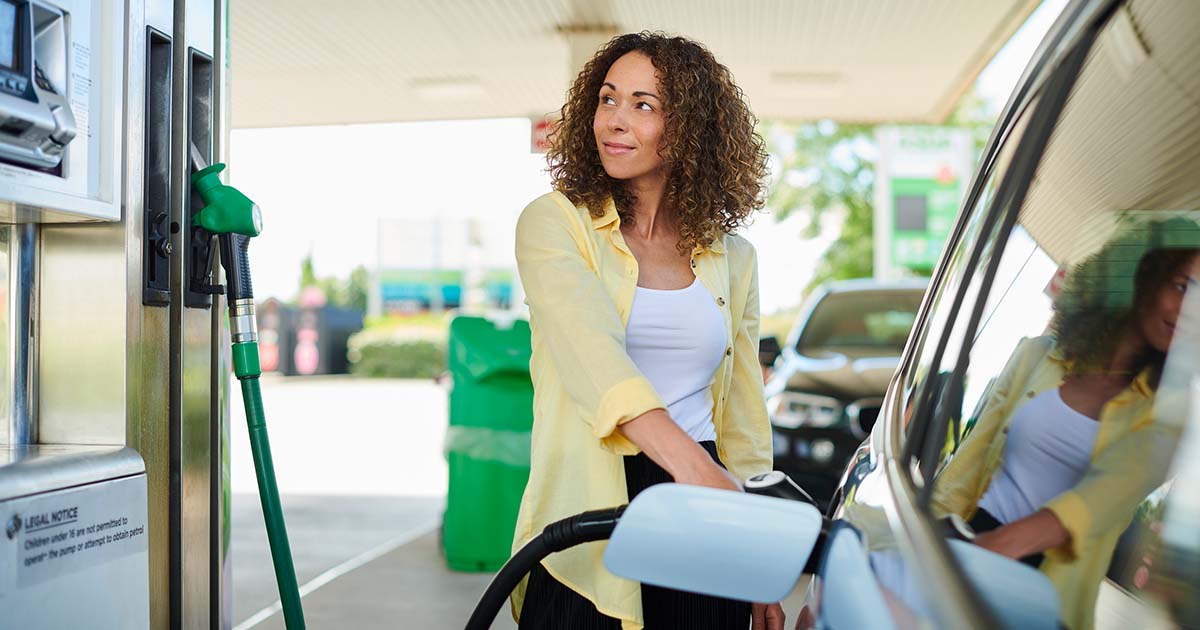Get Better Gas Mileage When Prices Are High

Gas price records have been repeatedly broken across Canada, giving motorists lots of pain at the pump. A tight global supply has been made worse by the Russian invasion of Ukraine and the reopening of the economy after COVID-19 shutdowns.
As we head into the summer months, higher temperatures can also contribute to soaring gas bills.
Here are 7 tips to get better gas mileage when prices are high.
1. Plan your trip
When driving, make sure to plan your route so that you get to all the places you need to go in the shortest distance you can without forgetting any stops. Do multiple errands on one trip. Having to go out again later because you forgot to do something halfway across town will have you back at the pump sooner than you need to be. Plan your trips to avoid rush hour traffic when possible.
2. Do not idle
New cars do not need to be warmed up before they are driven. Also, turn your car off if you are waiting for a train or there is a long line at the drive-through. Natural Resources Canada says that motorists should keep in mind that idling for over 10 seconds uses more fuel and produces more CO2 than restarting your engine.
3. Avoid sudden braking and acceleration
When your car immediately goes from standing still to traveling at a high speed and vice versa, your fuel consumption is high. Use cruise control if it is safe to do so to help maintain a constant speed. Coast to stop lights instead of using the gas pedal and then braking suddenly. Watch the traffic around you so you can anticipate when you will need to speed up and slow down and do it gradually.
To be as fuel-efficient as possible, take 5 seconds to accelerate your vehicle up to 20 kilometres per hour from a stop, says Natural Resources Canada.
4. Avoid driving at high speeds
Drive safely, avoid speeding tickets, and get better gas mileage when prices are high by reducing your speed. Most cars achieve maximum fuel efficiency at 80-90 km/h. Natural Resources Canada points out that “at 120 km per hour, a vehicle uses about 20% more fuel than at 100 km per hour. On a 25-km trip, this spike in speed – and fuel consumption – would cut just two minutes from your travel time.”
5. Minimize A/C use
The Government of Alberta explains that “you can improve your fuel efficiency in summer by minimizing your use of air conditioning. Air conditioners used in stop and go traffic can increase fuel consumption by as much as 10% to 25%. At highway speeds, air conditioning increases fuel consumption by 3% to 4%.”
For highway driving, use your car’s flow-through ventilation and open a window when driving in the city.
6. Travel light
Remove unnecessary weight from your car to improve your gas mileage. Do not drive around with salt and gravel in the trunk from the winter and remove last weekend’s camping equipment before heading out again.
7. Maintain your vehicle
Your car will run better if it is properly maintained. Change fluids regularly and replace sparks plugs and air filters. Simple things like tire pressure make a difference and improper pressure can affect your gas mileage by 5-10%.
Teresa Di Felice, an assistant vice-president at the Canadian Automobile Association's south-central Ontario branch, points out that "it's not good for your gas or your car if you're driving underinflated or even overinflated.” Check the driver's side door of your vehicle for recommendations for tire pressure and adjust your tires once a month or so. When the weather gets hotter, your tires can become over-inflated.



